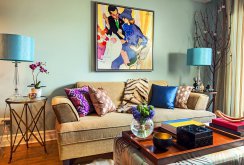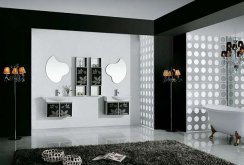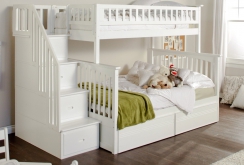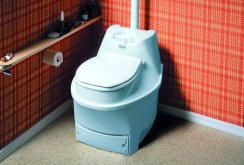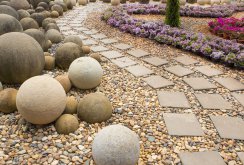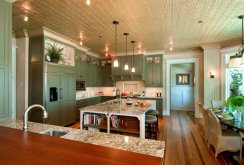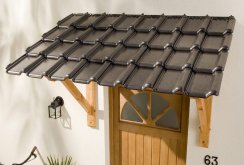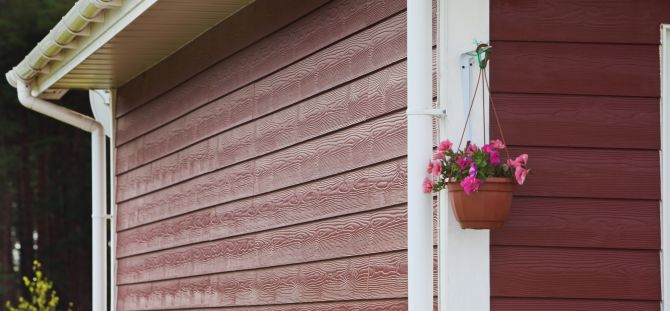 Fiber cement siding: the possibility of durable imitation (22 photos)
Fiber cement siding: the possibility of durable imitation (22 photos)
Fiber cement siding is based on cement, sand and cellulose fibers. The material is practical, fire resistant, resistant to temperature extremes. Fiber cement siding is available in wood, stone and brick; collections attract attention with their naturalness and impeccable appearance.
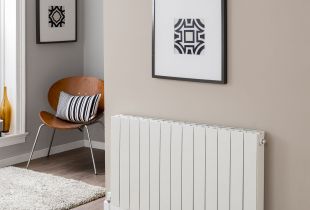 Aluminum radiators: advantages and varieties (20 photos)
Aluminum radiators: advantages and varieties (20 photos)
Replaced by cast-iron systems of the method of heating the premises came aluminum radiators. Such heaters are widely used in a variety of purpose rooms. However, in order to choose the right heating system, it is necessary ...
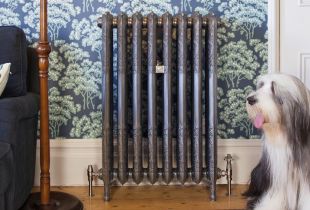 Cast iron radiators: advantages, characteristics and types (27 photos)
Cast iron radiators: advantages, characteristics and types (27 photos)
Cast iron heating radiators have been used for space heating for more than a hundred years. Today, the range of these systems has expanded significantly and allows you to choose a model that will not only heat the premises for ...
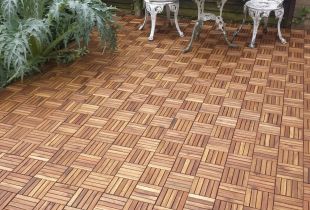 Garden parquet: varieties and features, installation and care (26 photos)
Garden parquet: varieties and features, installation and care (26 photos)
In order to make the paths in the garden look neat and stylish, it is better to use garden parquet. This type of coating provides a well-groomed appearance and an original design that will decorate any personal plot.
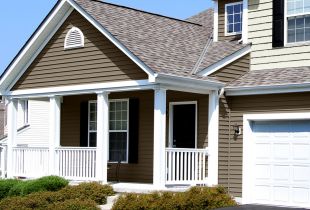 Vinyl siding: quick decoration of country houses (22 photos)
Vinyl siding: quick decoration of country houses (22 photos)
The American dream is the instant transformation of all the buildings on the site. Only with vinyl siding is it possible, easy and fast.
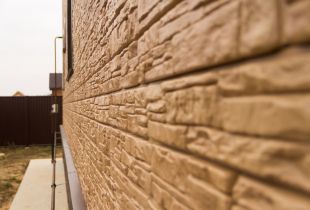 Basement siding: interesting design options (21 photos)
Basement siding: interesting design options (21 photos)
To finish the lower part of the facade of a country house, basement siding is increasingly used. Usually it imitates natural textures, which is especially popular with homeowners in nature.
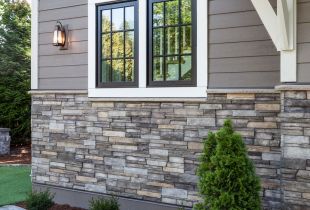 The use of basement siding under the stone (27 photos)
The use of basement siding under the stone (27 photos)
Stone basement siding is an alternative to natural material and is much cheaper in cost. Buildings, faced with siding, gain attractiveness and solidity.
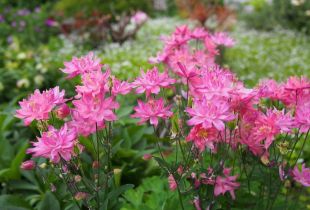 Aquilegia at home and on the plot (22 photos)
Aquilegia at home and on the plot (22 photos)
Unpretentious and hardy aquilegia with graceful flowers and high frost resistance will become the star of a personal landscape and home interior. Features of plant care.
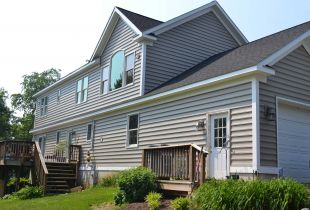 Acrylic siding for house cladding: modern advantages (21 photos)
Acrylic siding for house cladding: modern advantages (21 photos)
Recently appeared on the market, siding block house has won the favor of many consumers. The growing popularity of acrylic siding is associated with durability and increased resistance to ultraviolet rays.
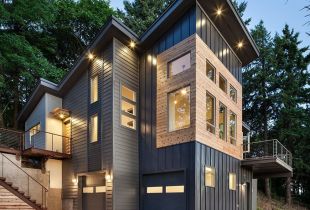 Metal siding: types, installation features and application of the material (21 photos)
Metal siding: types, installation features and application of the material (21 photos)
Metal siding is a modern facing material used for buildings of various purposes. He has a lot of positive characteristics.
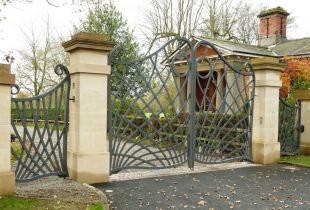 The main types and advantages of metal gates (22 photos)
The main types and advantages of metal gates (22 photos)
The most practical, reliable and durable doors are considered to be made of metal. They provide a high level of security and are distinguished by good external qualities.

 Aluminum radiators: advantages and varieties (20 photos)
Aluminum radiators: advantages and varieties (20 photos) Cast iron radiators: advantages, characteristics and types (27 photos)
Cast iron radiators: advantages, characteristics and types (27 photos) Garden parquet: varieties and features, installation and care (26 photos)
Garden parquet: varieties and features, installation and care (26 photos) Vinyl siding: quick decoration of country houses (22 photos)
Vinyl siding: quick decoration of country houses (22 photos) Basement siding: interesting design options (21 photos)
Basement siding: interesting design options (21 photos) The use of basement siding under the stone (27 photos)
The use of basement siding under the stone (27 photos) Aquilegia at home and on the plot (22 photos)
Aquilegia at home and on the plot (22 photos) Acrylic siding for house cladding: modern advantages (21 photos)
Acrylic siding for house cladding: modern advantages (21 photos) Metal siding: types, installation features and application of the material (21 photos)
Metal siding: types, installation features and application of the material (21 photos) The main types and advantages of metal gates (22 photos)
The main types and advantages of metal gates (22 photos)